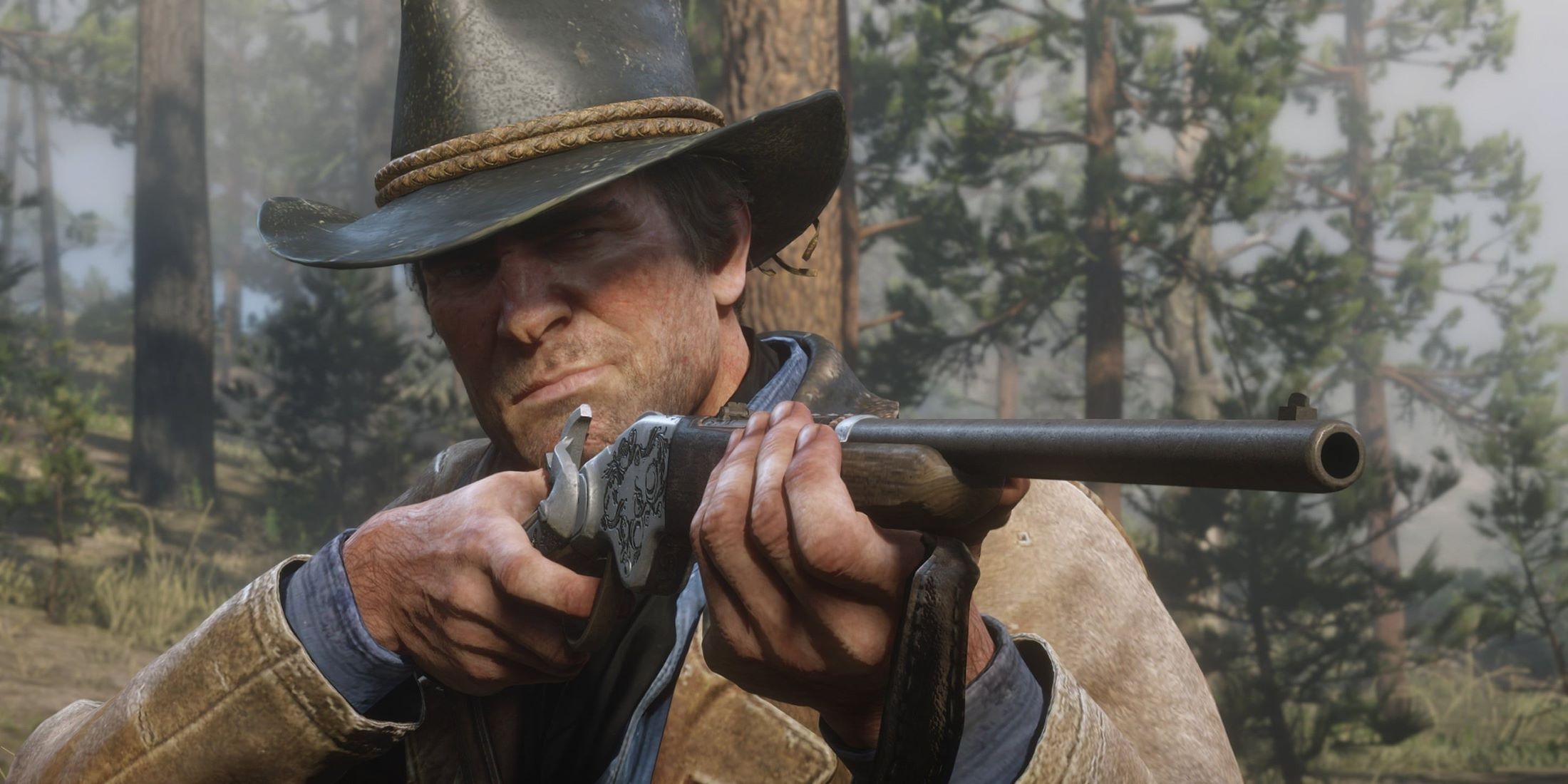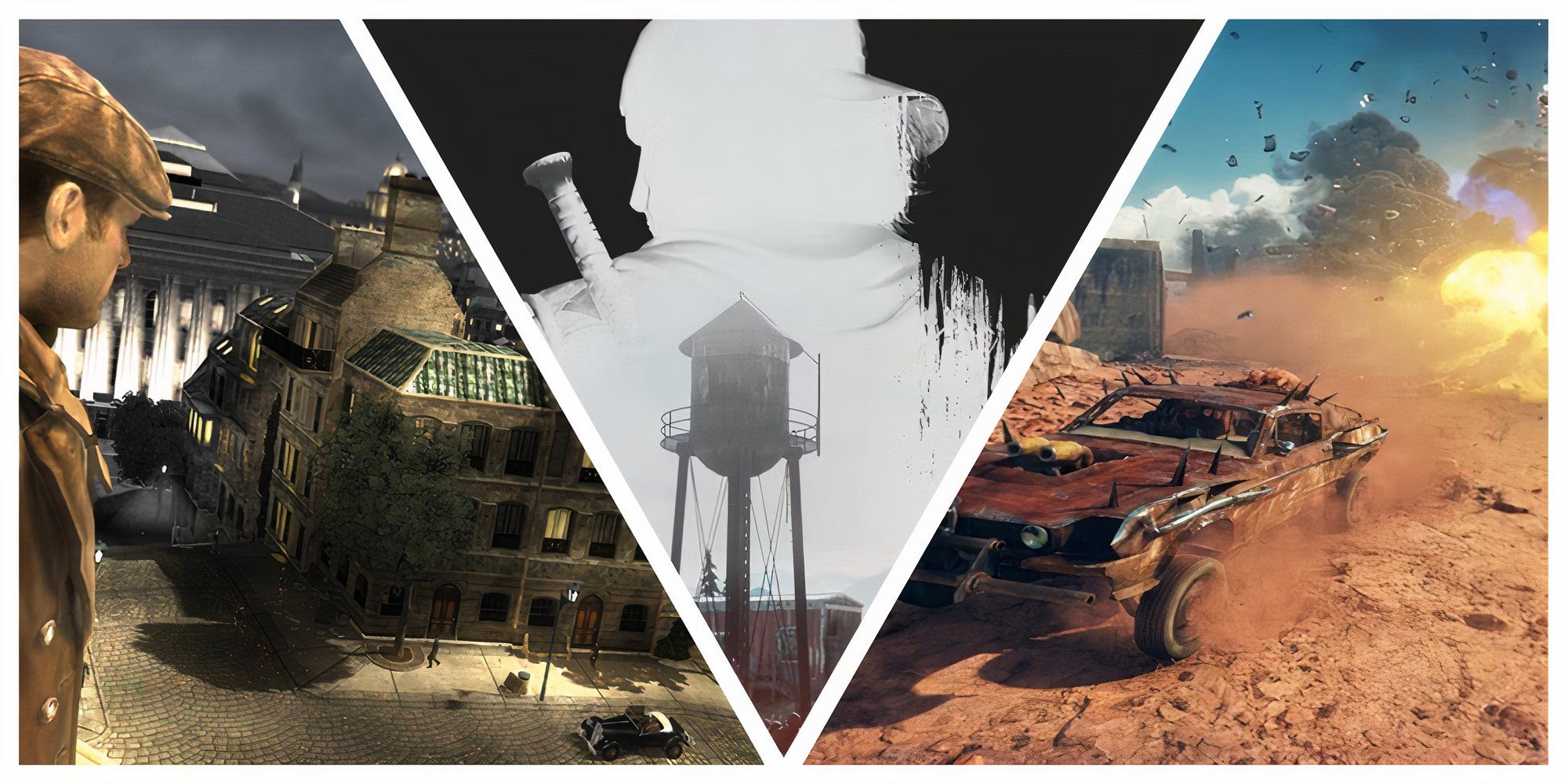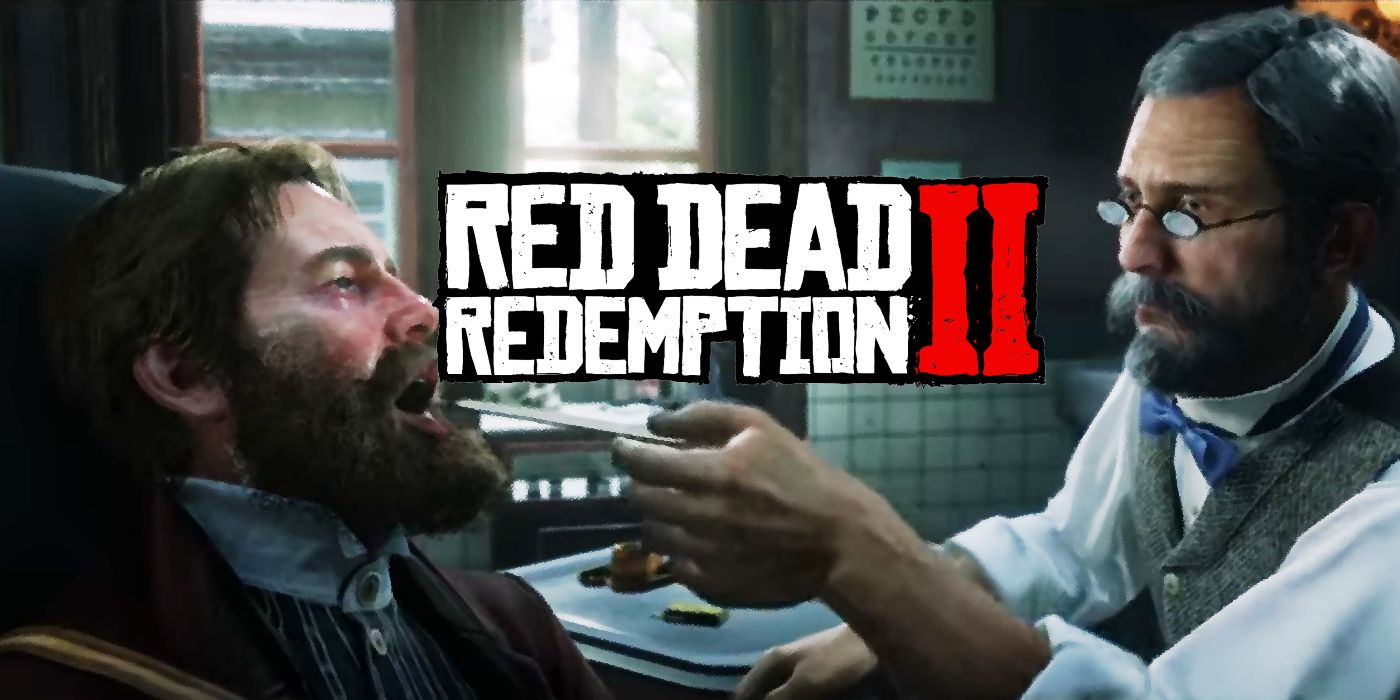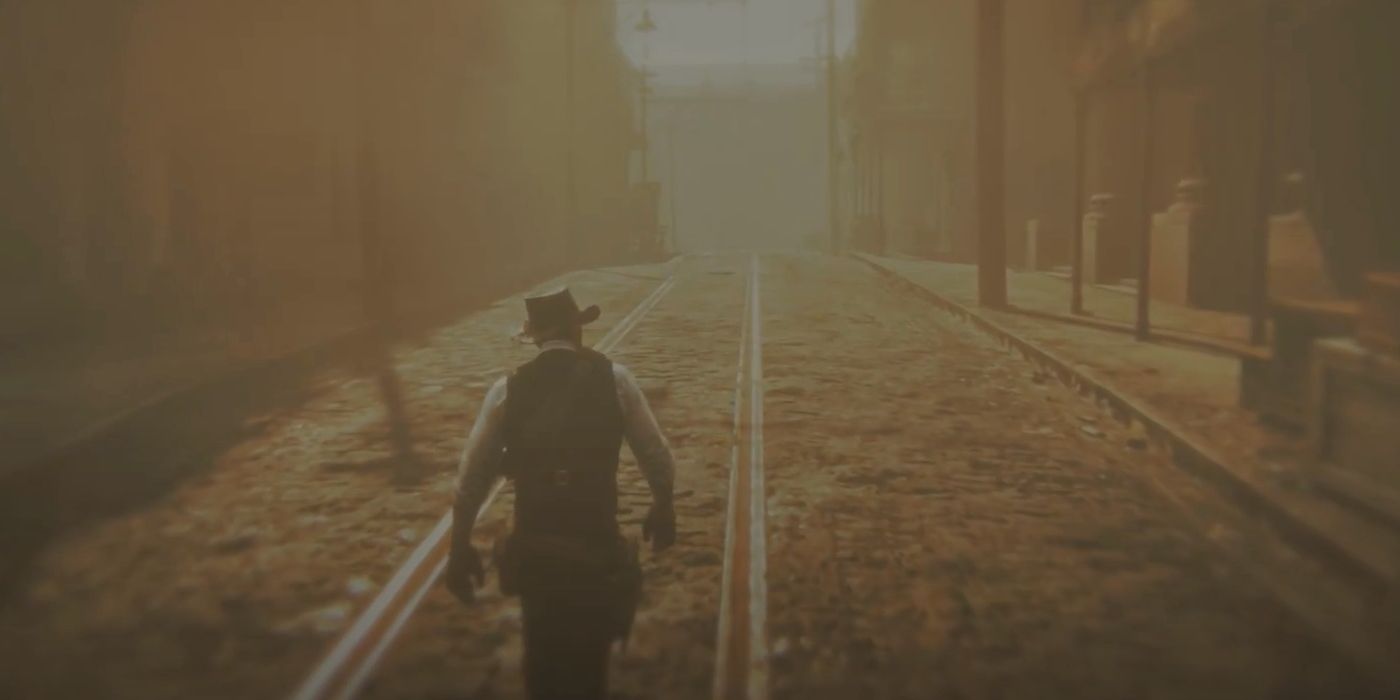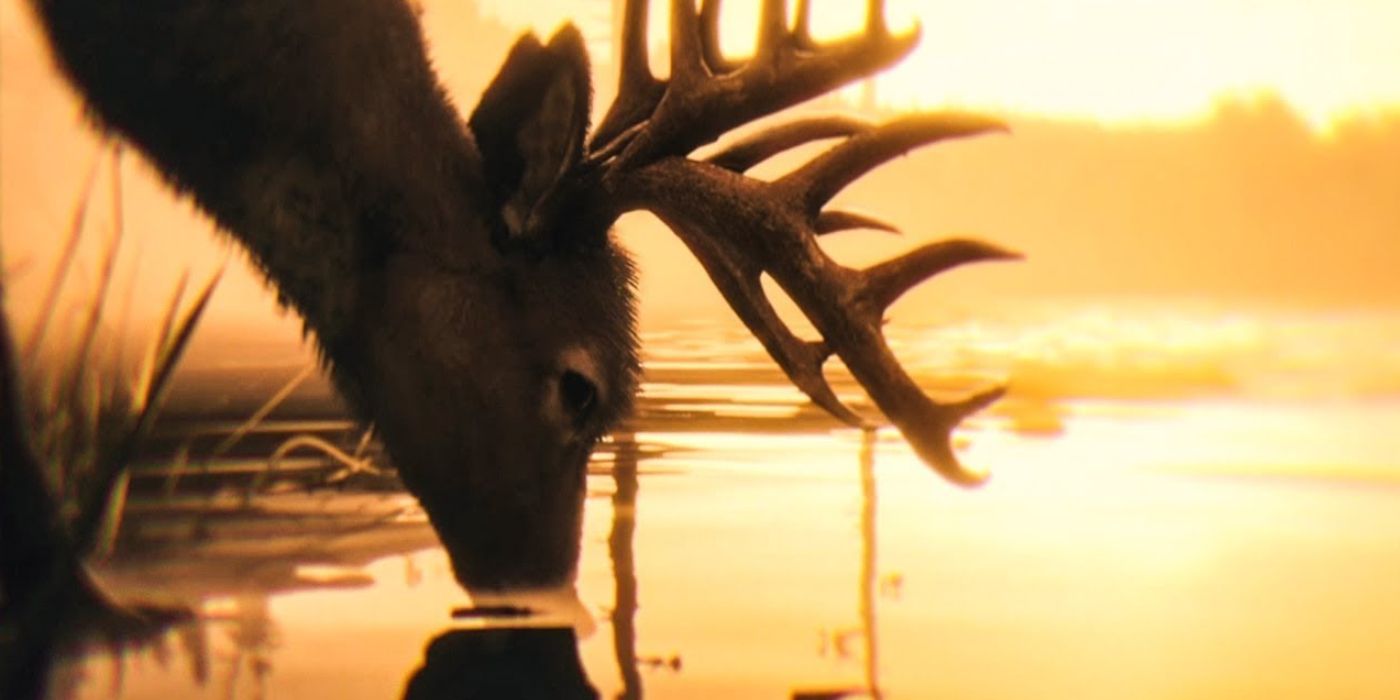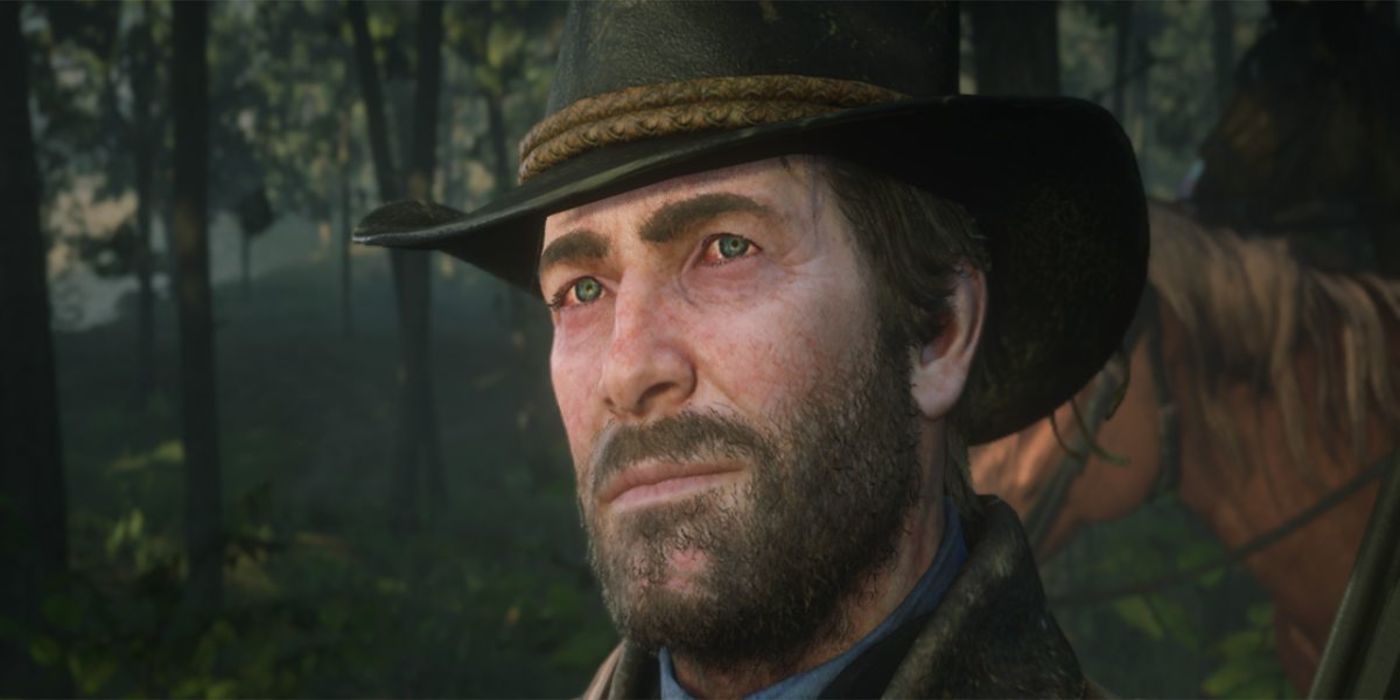When Red Dead Redemption 2's protagonist was announced, many fans quickly guessed that as in the first Red Dead the player character would not survive to the end of the story. Arthur Morgan is nowhere to be found in the first game; he isn't even mentioned. Few fans, however, could have guessed how Arthur would meet his end.
At the end of Chapter 5 of Red Dead Redemption 2, a doctor tells Arthur in no uncertain terms that he has contracted Tuberculosis and is terminally ill. It's one of the defining moments of the prequel, and one of the most memorable moments in a series packed full of beautiful vistas, bizarre characters, and hilarious Easter eggs. Arthur's death is so important, but many may wonder what could have changed if Arthur had never contracted his illness.
Arthur's Diagnosis
Red Dead Redemption is a series about decline. The Van Der Linde gang are in the Wild West outlaw business too late, which is is already obvious in the first game. Set in 1911, John Marston's life as a frontier gunslinger is nearly anachronistic as the world approaches WW1. Over the course of the first game, John is forced to hunt down former Van Der Linde gang members in order to save his own family.
In the end, however, John is shot to death by agents of the very government he thought he was working for. The message is clear. The frontier is closed, the days of outlaws are done, and the federal government's iron grip now extends throughout the United States. John's death is just a matter of tying up loose ends. Even when John's son Jack takes revenge for his father's death, there is no "redemption" for the gun-slinging lifestyle. Instead, it is implied that killing a government agent in 1914 has likely doomed Jack Marston to his father's fate.
If John's sudden death shows a man being caught unaware by changing times, Arthur's slow agonizing decline reflects those changing times directly. John always believes he's going to make it out, and has more than a few lucky escapes across both games. Arthur Morgan doesn't get to indulge in the same fantasy, even if both men are ultimately doomed.
When the player leaves the doctor's office after Arthur's diagnosis, the world is in a washed-out sepia tone, as if already part of an old, fading photograph. The present already appears to be a part of the past, as if Arthur is already dead. From then on, players can choose whether or not Arthur's final weeks are spent doing good or falling back to his old ways. While this has implications for Arthur's personality, it has no effect on the fate of the Van Der Linde gang.
The changes are all arbitrary. A low honor Arthur will be shot by Micah, while a high honor Arthur will succumb to his disease and injuries when the sun comes up. A low honor Arthur will see a coyote in his final moments, a high honor Arthur will see a stag. The symbolism changes, but the outcomes don't.
A Change In Perspective
The philosophy of Red Dead Redemption leads to an almost unavoidable conclusion about Arthur's fate. Like different animals and the sepia tone that filters the screen after Arthur's diagnosis, being told he is going to die only changes Arthur's perspective, not his destination. As the Sister says to a high honor Arthur during a painful conversation about his illness, "be grateful that for the first time you see your life clearly."
This works on a few levels. Even within the game's time period, it's clear that the Van Der Linde gang has been in decline for some time, and the the idea and lifestyle of the Old West itself is dying. Arthur didn't need a diagnosis to tell him that he was going to die; even if he somehow escaped being shot or hanged, his death is an inevitability. Ultimately, the game suggests that Arthur was doomed even if he had never contracted Tuberculosis. As Dutch Van Der Linde says, "we can't fight change. We can't fight gravity. We can't fight nothing."
What Arthur's Diagnosis Changes
To say that Arthur's diagnosis changes nothing, however, is to undermine the huge role his perspective shift plays in differentiating the second game from the first. John Marston never gets the perspective Arthur gains; his belief suckers him in until the very end.
John's death is in part a tribute to the final scene of Butch Cassidy and the Sundance Kid, when the titular characters burst out of a barn to face an squadron of soldiers waiting for them. Even the movie, however, pauses right before their seemingly unavoidable fates are unambiguously confirmed, leaving the fantastical possibility of their survival. Red Dead pulls no such punches, and John doesn't get a movie ending. He's filled full of bullets before his bloody corpse drops to the ground.
For Arthur, knowing about his certain death in advance gives him the opportunity to reflect upon his life honestly. The first mission after Arthur's death is titled "The Wheel." This is a reference to the idea of the Wheel of Fortune, a metaphor used in Thomas Malory's Le Morte D'Arthur for the good and bad heroes of Arthurian mythology are fated to do in their lives before they meet their maker.
Whether Arthur sees a stag, a coyote, or the barrel of Micah Bell's gun at the end of his journey in Red Dead Redemption 2, Arthur is able to see an honest, holistic symbol of the life he's led. It doesn't change the fact that he's going to die, but it gives Arthur brief access to a truer understanding of his life than John ever had. Arthur Morgan's diagnosis may not have changed the ultimate outcome of Red Dead Redemption 2's plot, but the series would be far poorer without it.
Red Dead Redemption 2 is available now on PC, PS4, Stadia, and Xbox One.

